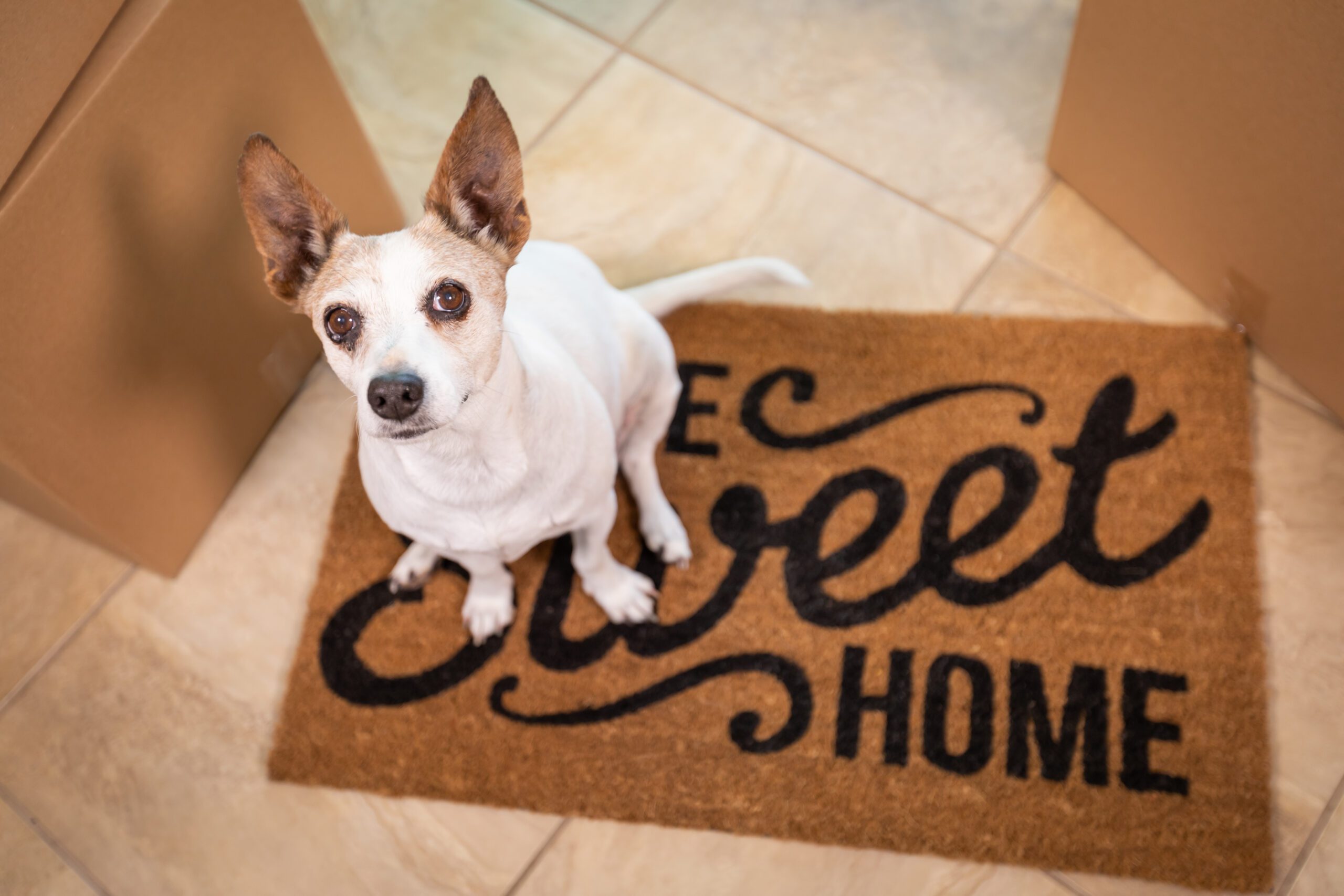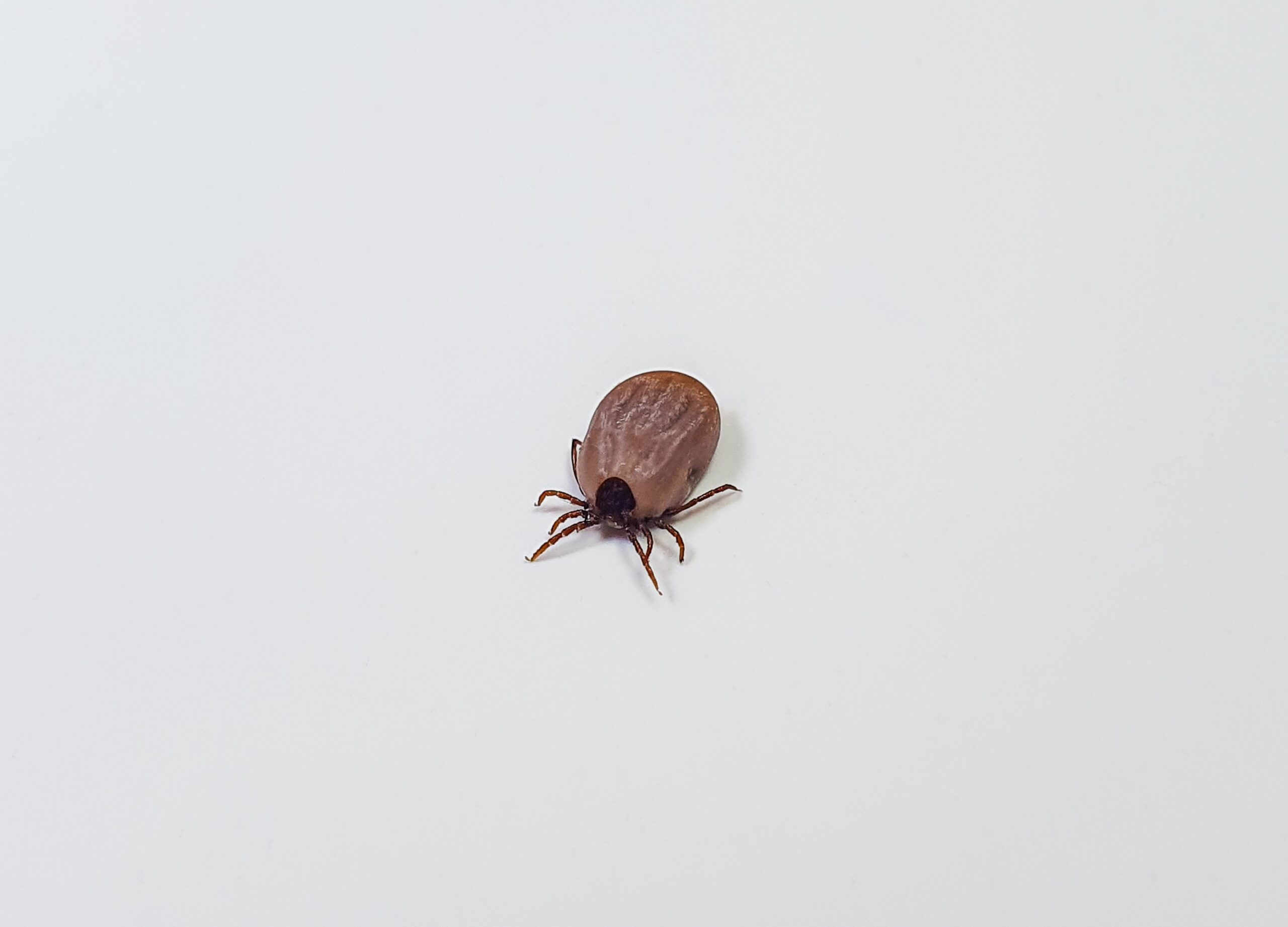Traditional vs Laparoscopic Bitch Spays – Which one to Choose
Neutering or spaying a bitch involves the removal of the ovaries, with or without the removal of the uterus at the same time. It is mainly done to prevent the bitch having puppies, but there are also health reasons for spaying. These include prevention of pyometra (womb infection) and reducing the risk of mammary tumour development.
Timing the spay should be discussed with your veterinary practice as it does need to be planned. The spay should be performed 12 weeks after a season finishes. This is the time when the blood flow to the reproductive tract is at its lowest. This means the risks of surgical complications are reduced. The age of the dog is also important. Large breed bitches should generally not be spayed until they are over 1 year old. This is to allow the growth plates in the bones to have fused. The same is true of breeds like dachshunds and other breeds with long backs and short legs at risk of spinal disc disease. This will avoid unnecessarily increasing the risk of joint disease in these breeds.
Some breeds have a higher risk of developing certain tumours if they are spayed young (less than one year old, or especially if less than 6 months old). For example Golden Retrievers and Boxers, amongst others - so these should be spayed later, if at all. Other small and medium dogs can be spayed at 6 months, before their first season.
The spay procedure is carried out as a day procedure. The bitch will need to be starved from the evening before, then admitted by the vet or nurse on the morning of the procedure. The discharge appointment will be on the afternoon of the same day.
There are two main ways of spaying a bitch in the UK: traditional (or open) and laparoscopic.
- Traditional spay: this is performed by making a single midline incision through the midline of the abdominal wall. The surgeon then identifies the uterus and ovaries. They next ligate (seal) the blood vessels, and then removes the two ovaries and the uterus. The body wall is then sutured closed in 3 layers. The wound in the abdominal wall is generally between 6-15 cm long, depending on the size of the dog.
- Laparoscopic spay: this involves the surgeon making two small incisions in the abdomen, each 0.5-1cm in size. A little gas is used to inflate the abdomen and make visualisation of the organs easier. A camera is then placed through one hole and surgical equipment through the other. The ovarian vessels are sealed, and the ovaries removed. The uterus remains in place. The incisions are then sutured.
Advantages:
Laparoscopic spay:
- Less pain after surgery. Thought to be due to less tissue handling, less adhesion formation and smaller incisions.
- Faster return to normal levels of exercise – usually around 5 days of restriction instead of 10-14.
- Quicker healing time with less scarring (small wounds, less sutures).
- Less wound complications post-surgery: smaller wounds, less sutures.
Traditional Spay:
- Shorter surgical time unless the laparoscopic surgeon is very experienced.
- Cheaper – less equipment and training needed.
- More suitable method for very small patients, older dogs with likely abnormal uterus or very overweight animals (though weight loss before surgery is a better plan).
- Smaller fur clip
Disadvantages:
Laparoscopic spay:
- May need conversion to traditional spay if complications occur (haemorrhage, large cystic ovaries or abnormal uterus for example).
- Cannot be used if there is any chance of uterine abnormalities or infection being present.
- Risk of uterine disease after the procedure. Pyometra and uterine disease/tumours are all hormone driven, so as long as all ovarian tissue is removed, uterine disease risks very low.
Traditional spay:
- Higher risk of haemorrhage as more vessels being ligated when removing ovaries and uterus.
- Longer incision. More suture material present on pedicles (ovarian and uterine) and body wall and more manipulation/handling of the tissues, so more chance of suture reaction and adhesion formation.
There are other consequences or complications that can follow the spay procedure. These can occur where the technique used for the spay makes no difference at all. For example, – urinary incontinence, weight gain, change in coat, increased risk of joint disease or hypothyroidism or change of temperament.
Neutering or spaying a bitch is done for several reasons. The main ones being to prevent unwanted litters of puppies. Secondly to prevent the development of pyometra (womb infection) or to prevent the development of mammary, ovarian or uterine tumours. There is evidence stating that in general, spayed bitches live longer than unspayed bitches. The benefits of spaying still far outweigh the risks in most pets. Discussion with the veterinary practice staff can help you make the correct decision on which method to use.





